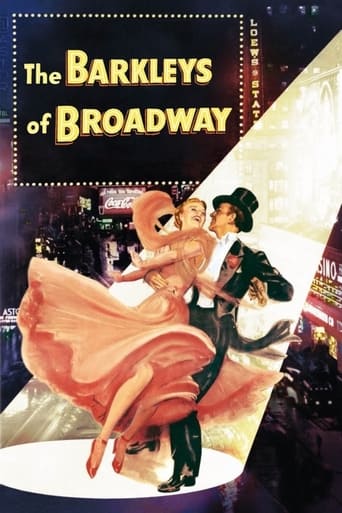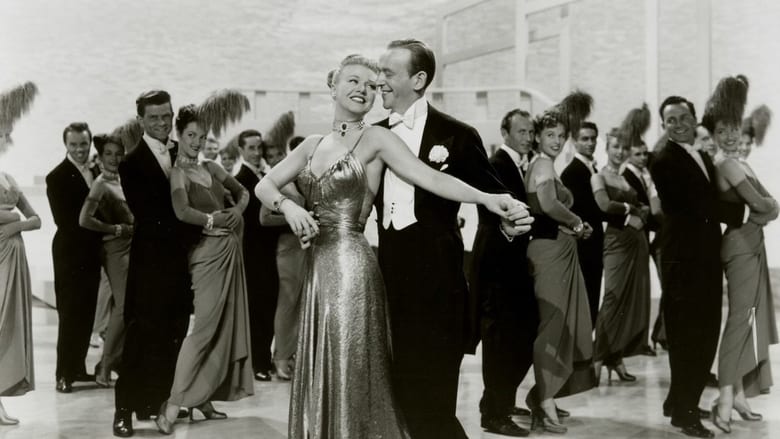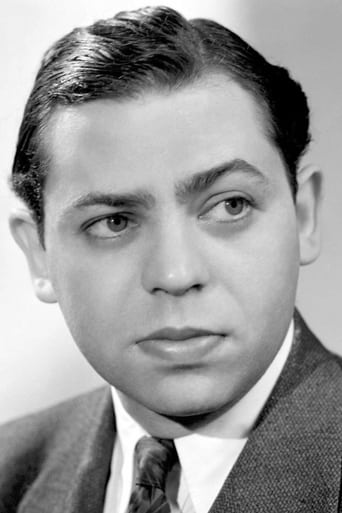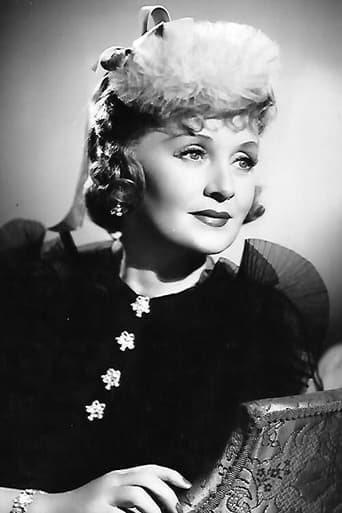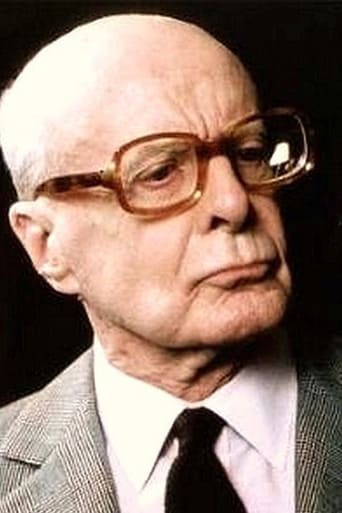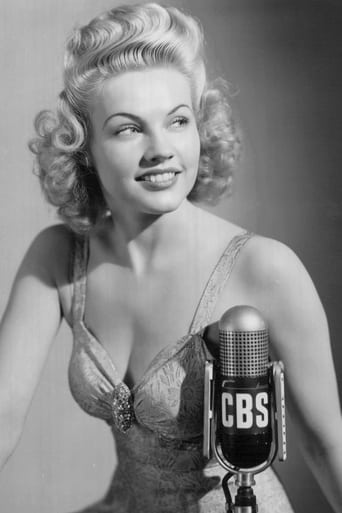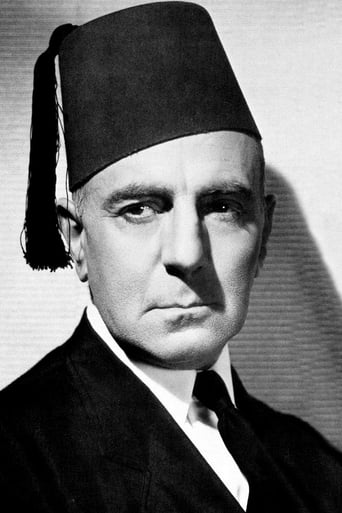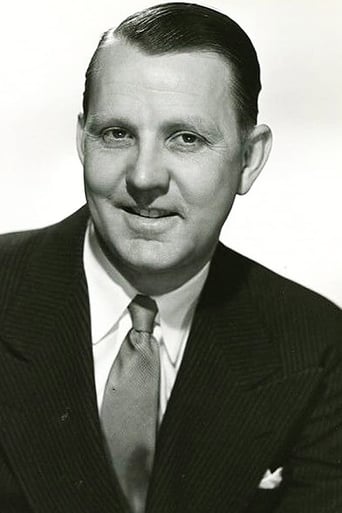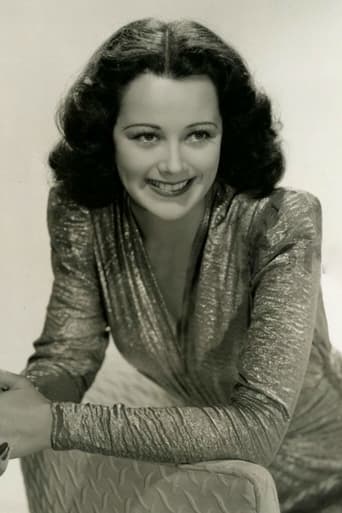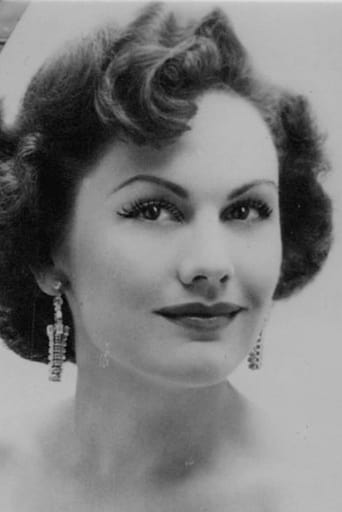Josh and Dinah Barkley are a successful musical-comedy team, known for their stormy but passionate relationship. Dinah feels overshadowed by Josh and limited by the lighthearted musical roles he directs her in. So she decides to stretch her skills by taking a role in a serious drama, directed by another man.


Similar titles
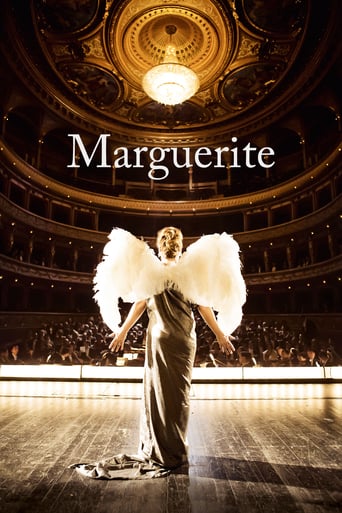
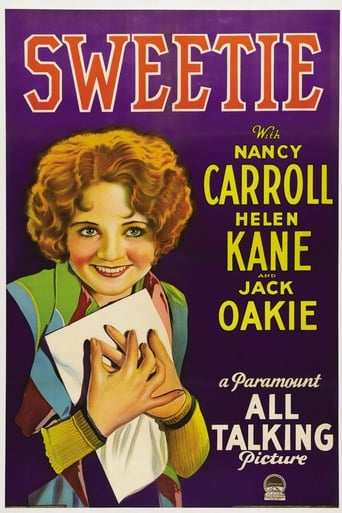
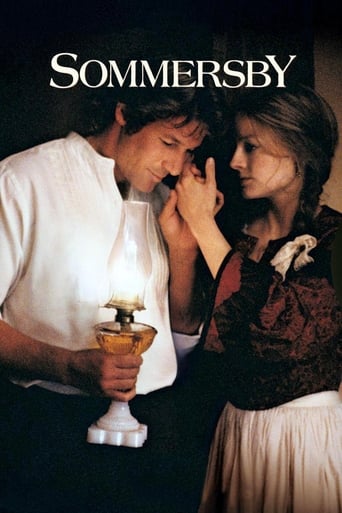
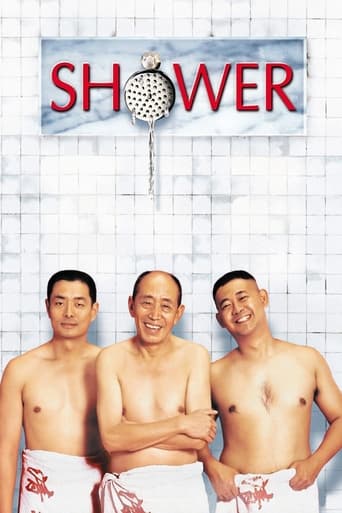
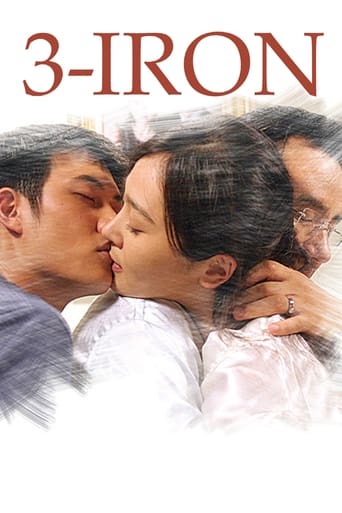
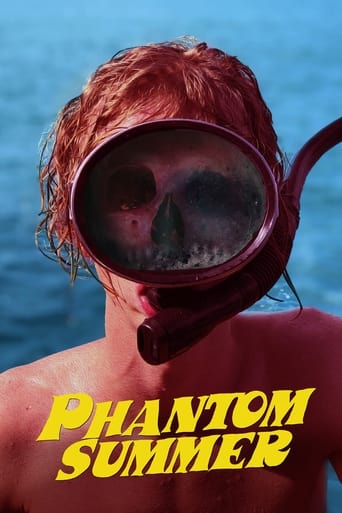
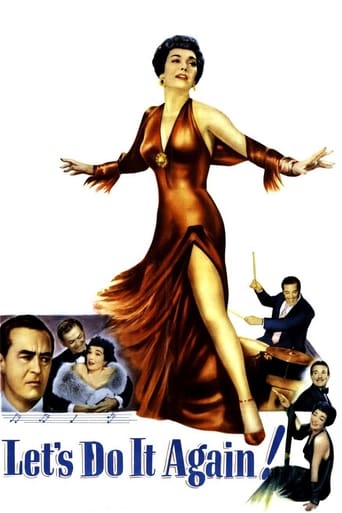

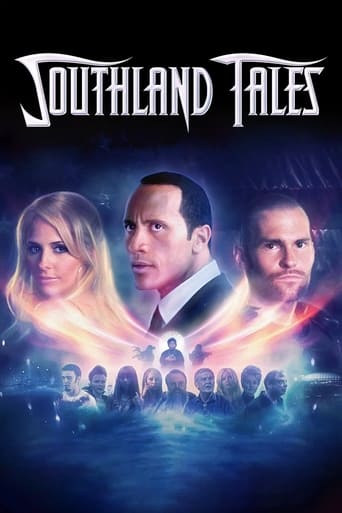
Reviews
The Barkleys of Broadway is directed by Charles Walters and written by Betty Comden and Adolph Green. It stars Fred Astaire, Ginger Rogers, Oscar Levant, Billie Burke, Gale Robbins and Jacques François. Music is by Lennie Hayton and cinematography by Harry Stradling Sr.Fred and Ginger play the Barkleys, a successful husband and wife musical comedy team that seems to thrive on feuding. However, one day it goes too far and a break up appears certain when the wife entertains an offer from Jacques François to become a serious actress.Firsts and lasts here as it was the first film Astaire and Rogers did for MGM, their first in colour, and their last they would make together after reconvening after 10 years - Rogers stepping in when Judy Garland fell to her troubled wayside. The screenplay is pretty thin, serving only as a thin piece of meat to the dance and musical numbers sandwich, but with stand-outs like the wonderful "Shoes with Wings On" and the joyous uplift of 'They Can't Take That Away from Me' to spend time with, it's a film to brighten the darkest of days. 7/10
Even when such an iconic partnership like Fred Astaire and Ginger Rogers are in a film that doesn't showcase their talents as well as their previous outings, you can still enjoy the film on its own. That is definitely the case with The Barkleys of Broadway, still a good enough film despite lacking compared to their previous films. The story may be far-fetched but considering that that component wasn't ever as strong as everything else in their films together that isn't as big an issue. More problematic is Ginger's La Marseillaise scene feeling forced, the Weekend in the Country number never shaking off the feeling that it would have been more suited to Judy Garland(the originally intended female lead, this song really doesn't play to Ginger's strengths) and some of Ginger's clothes- somewhat frumpy-looking here- not accommodating her lovely figure. The costumes, scenery and sets generally are sumptuous and the film is beautifully filmed. The score is lovely too with a sense of whimsy and wit, and while there have been more memorable songs in other Fred and Ginger outings the songs are still good. Shoes with Wings On is a charming and good-natured song that shows off Fred's skills as a dancer very well, Bouncin' the Blues is catchy and fun and anybody who want to see Fred and Ginger's dancing and chemistry will find pleasure in You'd Be Hard to Replace. The Highland Fling song is not particularly memorable but is fun to watch, the kilts are a nice touch. The dance duet of You Can't Take That Away from Me from Shall We Dance is musically and choreographically in a different league, nostalgic and moving it is very effective and doesn't feel out of place at all. The choreography is elegant and sparkling if not with new ideas(ie. dancing on roller-skates or girls on airplanes), and Fred and Ginger's dancing is as poised and athletic as it ever was. Their chemistry is very convincing too. The dialogue is smart and witty with a good amount of heart. Fred Astaire and Ginger Rogers are great here, Ginger may have lost some of her freshness, not helped by some frumpy outfits, but she is still sassy and beautiful. Fred is wonderfully chirpy and debonair, that comes through loud and clear in Shoes With Wings on. The supporting cast give solid performances, Oscar Levant brings some amusing touches and a fresh personality while playing the piano brilliantly, especially when it's as demanding as Tchaikovsky's Piano Concerto no.1(though not so much as Rachmaninov 3rd or particularly Brahms 2nd). Billie Burke is charming in her role. All in all, very enjoyable though a little disappointing too. 7/10 Bethany Cox
I love Fred and Ginger movies. Although the Hays Code made very sure to eradicate obscenity and sex from American movies, Fred and Ginger found other ways to express the crackling chemistry between them. I wonder that more people haven't noticed how overt the sexual attraction is between the two actors. For example, at the end of "Bouncin' the Blues,"(the big tap number where they're dressed like "Roberta's" Hard To Handle number) Fred takes a long leisurely look at Ginger from head to toe as she sashays towards him and says, "Oh, God, Ginger" as they move offstage. Since the music and taps are dubbed, you don't hear the real reactions of the actors as they're dancing (Ginger lets out a "pop!" as she hits a move), but I imagine Fred said it out loud, which accounts for the look Ginger gives him as they go offstage. On a side note, that "Hard to Handle" number from Roberta is all natural taps and music without overdubbing, so you can hear Ginger make a few suggestive noises and Fred laughs and hollers once or twice.As a married couple, Fred and Ginger are extremely believable. They're so familiar to each other by this time, and they exude this quality of utter honesty with each other. The fighting is GREAT, and only two people who love each other can yell at each other like that. The kisses are still very chaste and though there are two separate beds for Fred and Ginger (they're pushed together), reflecting the times, Ginger nonchalantly sheds her bra right in front of Fred while changing into pajamas. It comes off as a very easy and natural relationship.My favorite part of this movie is the fact that it's a chance for Fred and Ginger to give their own send-up of what people perceived their relationship to be. They're married, so their sexual involvement is implicit (people believed they either hated each other or had been sexually involved). They dance, just like Fred and Ginger. They're both extremely melodramatic, which lends a tongue-in-cheek atmosphere to their fights. Neither Fred nor Ginger were ever so over-dramatic in real life so the characters are, in a way, like fun-house versions of themselves.The dancing is exactly what should be expected from Fred and Ginger sixteen years after their first film; she's 38 and he's 50, and they can both still swing it. It seems Fred worked with the small changes to Ginger's figure (what was everyone complaining about? She looks stunning the whole movie), and every film they did before was represented in the choreography somehow: the fall in "Highland Fling" is the same kind of stunt (albeit scaled down a bit) as the fall from "I'm Putting All my Eggs in One Basket," the ultra-slow walk from "Smoke Gets in Your Eyes" is seen at the end of "They Can't Take That Away from Me," as well as the dancing-while-nearly-kissing from "Change Partners." It's a nice blend and it shows off everything they can do.Every scene is well-played, and Ginger proves she is every inch the Oscar winner opposite Fred, whose own acting skills are deliciously natural and filled with affection for his leading lady. They have no compunction about getting in each others' faces, nor are they shy about expressing their attraction to each other. At the resolution of an argument, Fred grabs Ginger and kisses her. She apologizes and he kisses her again (a much more natural peck this time that's just cute), and one can hear him let out a "Hm," that sounds like even that little peck knocked him for a loop. Owchamagowch.Some people call Fred Ginger's Svengali. He wasn't, and it was nice to see "Ginger" asserting her independence from "Fred," which she had done so successfully in real life ten years before. They go through the breakup with real pain but it's evident they never stop loving each other. I love this movie and can watch it repeatedly. There are always new details to discover and it bears repeated viewings.
The Barkleys of Broadway (1949)This is the last of the Fred Astaire/Ginger Rogers movies, and by now there is something familiar about it all. If this is your first exposure to the form, and to these famous two as the leads, it might disappoint you (thought it isn't half bad). But it's worth being specific: to those who are familiar with Top Hat or Swing Time (from the mid 1930s), this will seem like a visit with old friends, which is always wonderful, and to those who haven't seen Astaire and Rogers before, you might start with any of their 1930s films. Barkleys is a decent movie, terrific fun for the initiated, and with a carefree, fun, meaningless, playfully inventive plot. By now it is almost the 1950s, and the color (true Technicolor) as well as the flat, bright MGM filming bring another element to the approach. It's not engrossing, I think, but that's fine, too. There is no pretense at all.All of their musicals have clever, often romance based plots, and these events are part of the escapism. It isn't uncommon to have the leads play characters in show business, so there is a second layer of references to acting and dancing. By the way, Rogers and Astaire can act as well as dance. Luckily. Most of the movie isn't dancing at all. The relationship between the two leads, now utter legends (they are married in the film, but the actors were never, apparently, in a relationship offscreen) is superbly comfortable. They squabble and kiss, argue and harmonize, and dance and sing convincingly. There are few couples like this in the movies--Hepburn and Tracy, Loy and Powell--and even though this is a fantasy genre (the musical), Rogers and Astaire come off maybe the most convincing of all. The dancing is on level of its own, and it hardly needs mentioning, except that a couple of the numbers are great, and great fun. Be patient--the first one doesn't start until almost half an hour in. Sometimes the singing is so dated it will strain a viewer not used to it (it strains me, and I'm used to it). But I actually have come to love Astaire in particular for his unique flavor (ignoring the painful Scotland number). A more classic tap dance by Astaire (alone) pops up at 57 minutes, and it adds an odd non-diagetic layer of Astaire's voice singing (he is not singing or lip synching in the scene). Then, adding to the invention of the scene, a couple pairs of shows show up and start dancing with him (just the shoes), and then a bunch more, until it is practically a Disney animation. This was unusual for Astaire partly because it has no segues with the plot--it's just an insert.You might notice the Gershwin credit for the music, but you might be thinking of composer George, who died in 1937. The lyrics are by older brother Ira, the music by Harry Warren, except one piece, "They Can't Take That Away from Me," which George and Ira wrote in the 1930s (and which Astaire sang to Rogers, without dance, in the 1937 Shall We Dance). I think it is reprised here for all those in the audience who were watching (in 1949) for purely nostalgic reasons. It had been a decade since the pair had danced together, and this old number is like a time machine. The dancing ("ballroom" style on an empty stage) is nothing to write in your diary about, however.One fun addition, purely musical, is Oscar Levant at the piano, which leads to some music straight ahead. And not faked (he was a true pianist). The scenes don't advance the plot, but they make it a musical in another sense.
